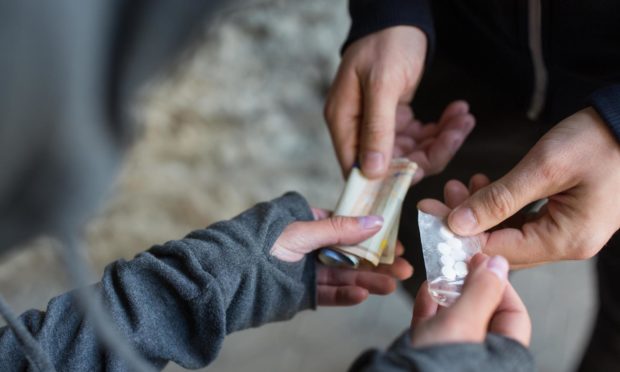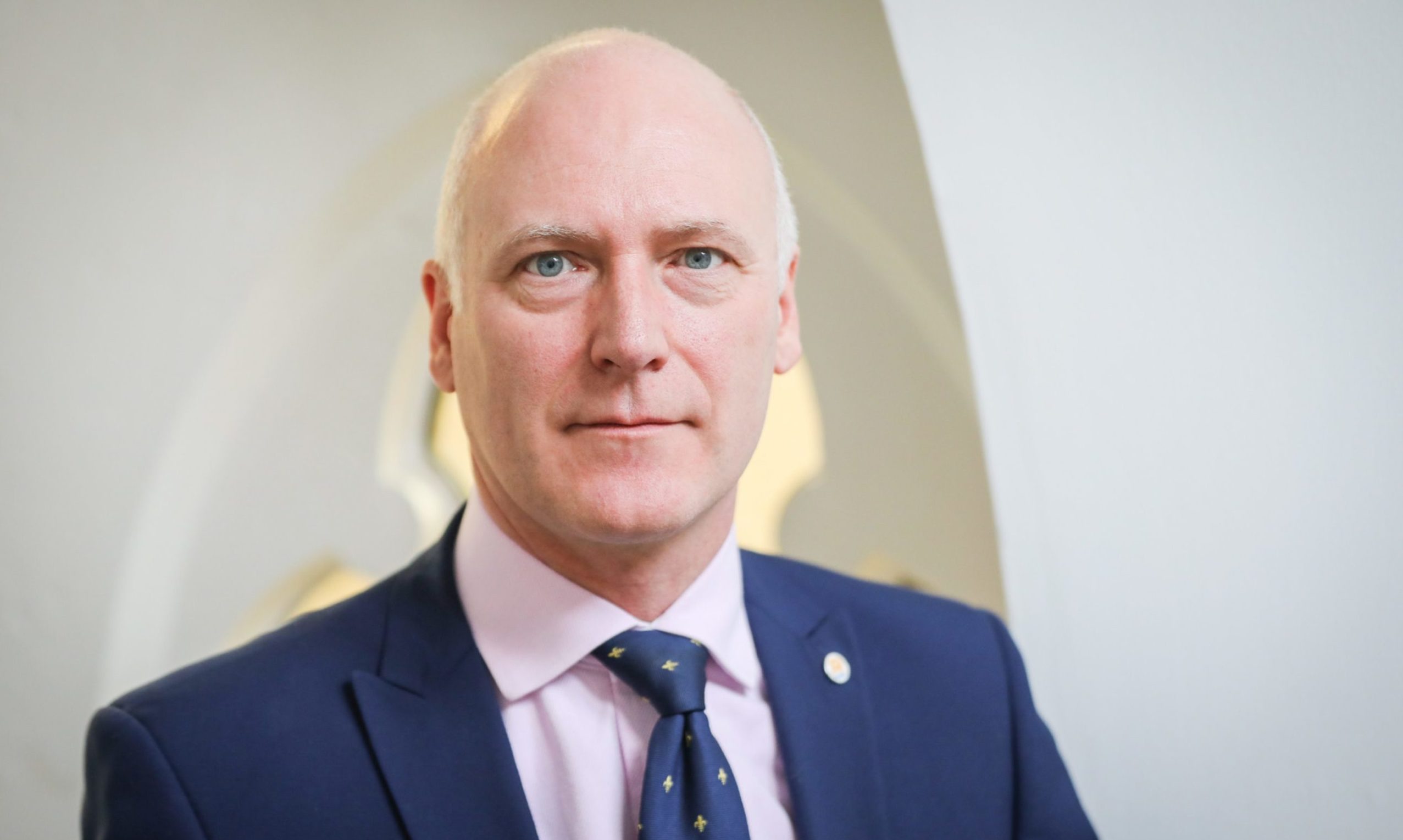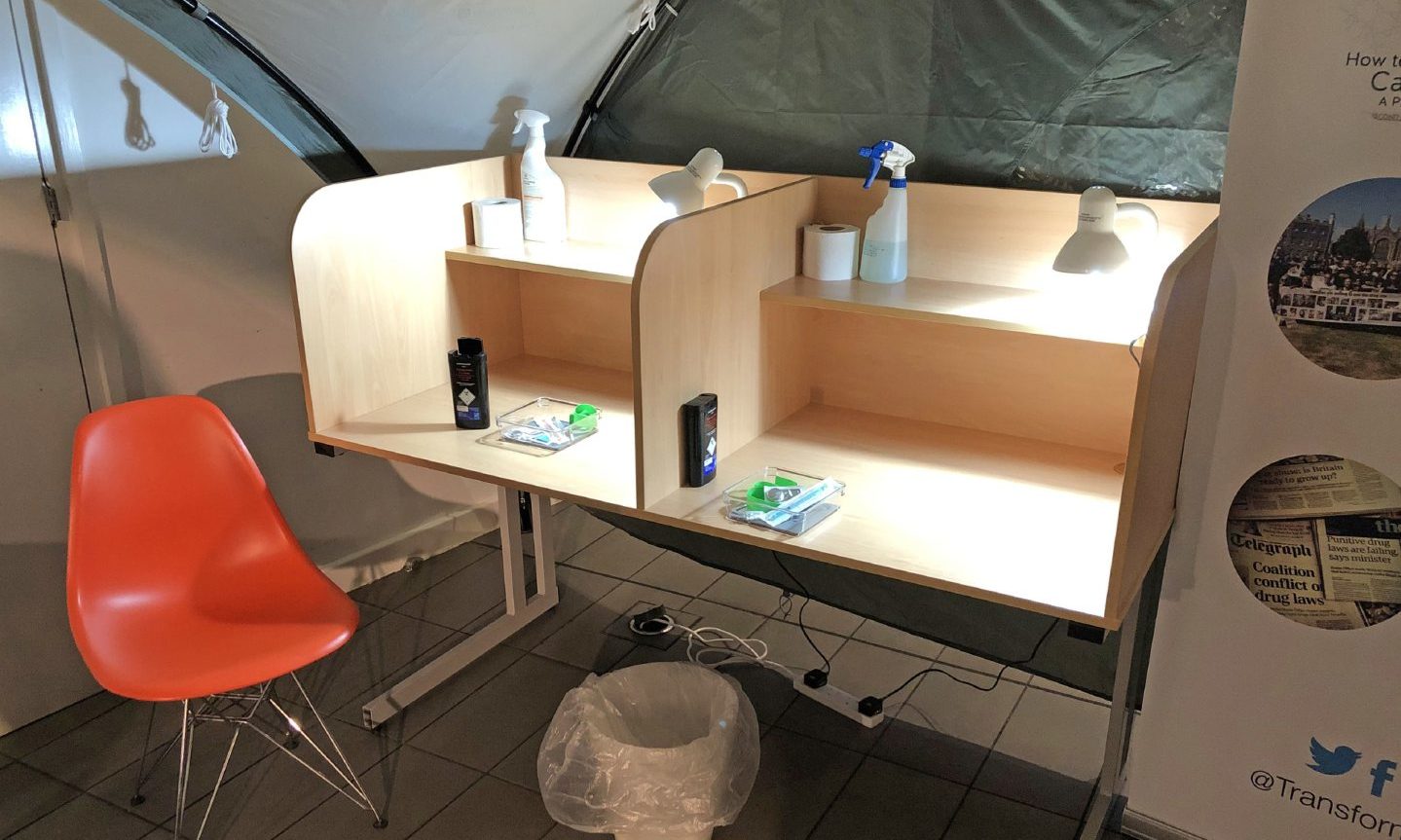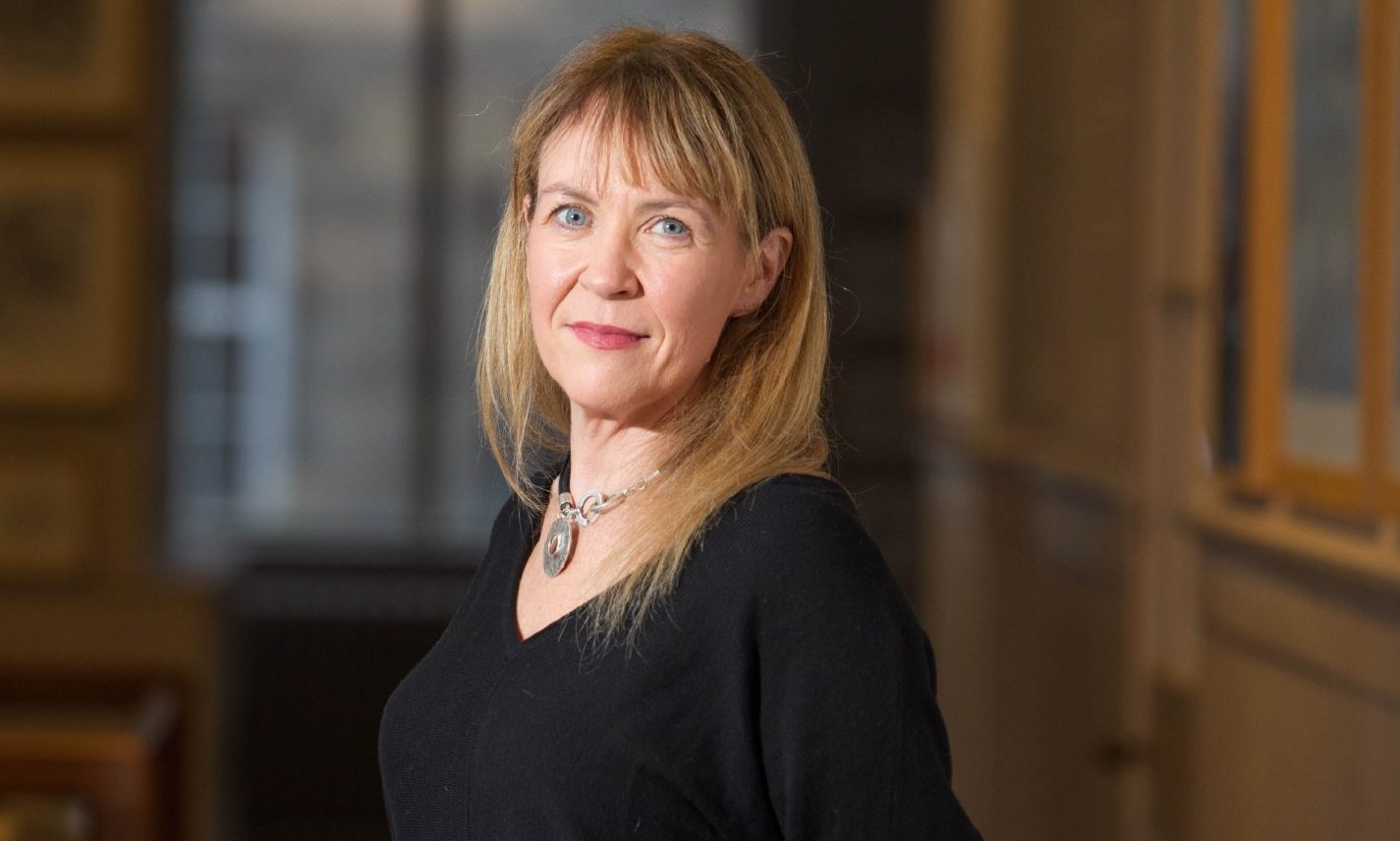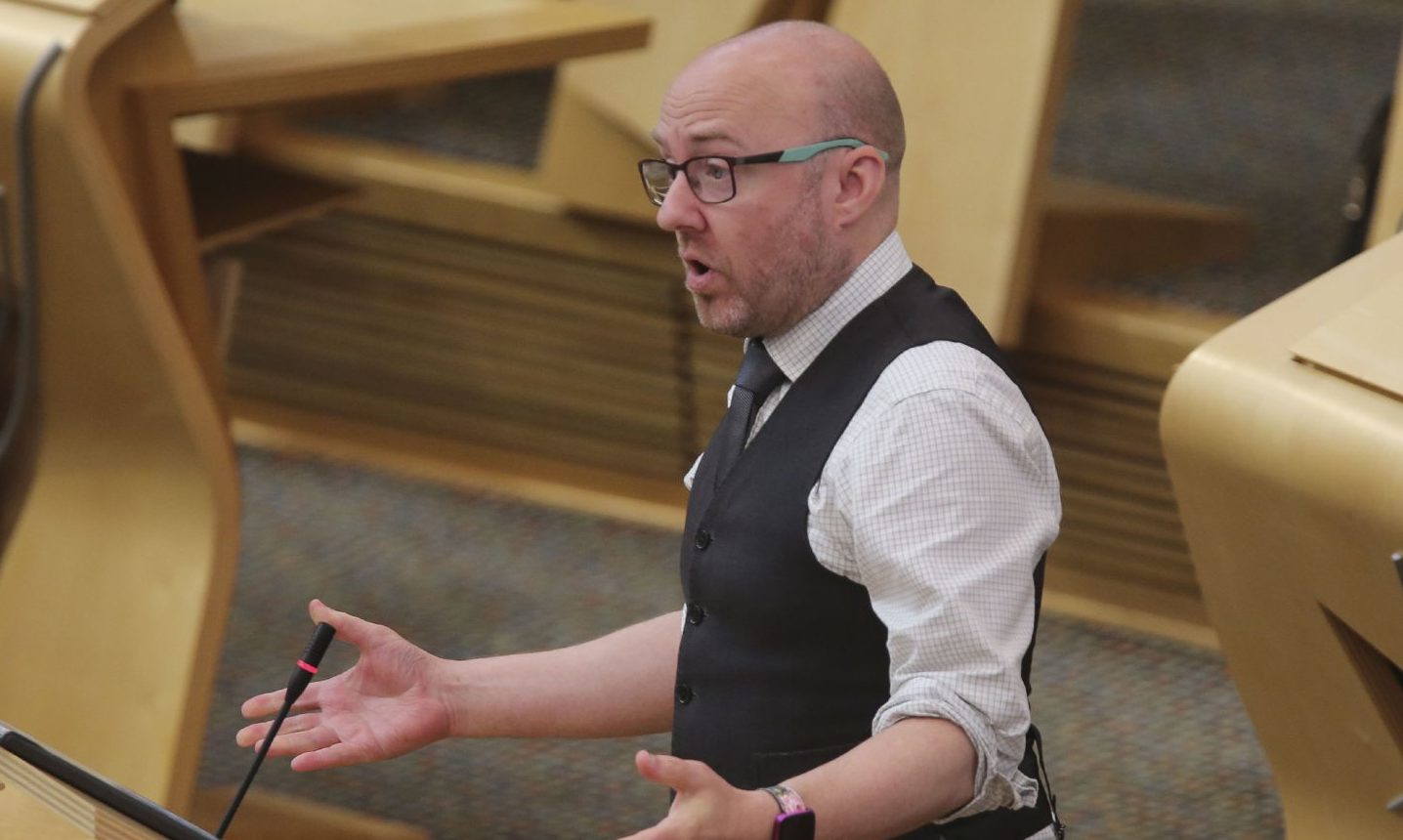The number of drug-related deaths in Scotland has soared to its worst level on record, but Grampian and the Highlands appear to be bucking the trend.
Last year 1,264 people from across the country died from drug-related reasons – a rate higher than all EU countries and more than three times the UK as a whole.
There were 77 more deaths than in 2018, when a record-high total was also recorded, marking a 6% increase in the last year.
Calls have been made for new initiatives to stem the “alienation, marginalisation and stigmatisation” of people with a drug problem to ease the skyrocketing statistics.
Figures from The National Records Of Scotland (NRS) show the average number of drug-related deaths has more than doubled in a decade.
Between 2015 and 2019 an average of 992 fatalities was recorded each year – well above the 466 average logged from 2005 to 2009.
This included a jump from 17 to 33 in the Highlands NHS region and from 42 to 79 in Grampian.
Numbers drop in northern Scotland
But, year-on-year, the numbers for these areas have been falling.
The statistics show 82 people died from drug-related reasons in Grampian during 2019 – a decrease of 10 from the previous year.
And in the Highlands there were 24 deaths – down from 45 the year before, and the lowest number recorded since 2013.
Outside of the northern and western isles, where the numbers are too low to meaningfully compare, the only other area reporting a drop was Borders.
Aberdeen charity Alcohol & Drugs Action is offering support seven days a week via phone and email.
Chief executive Fraser Hoggan said: “Hopefully we are seeing the numbers going the other way, but we can’t get too excited as the overall picture is worsening over time.
“Any number is too high, and it remains extremely high, but these numbers are the lowest we’ve seen in a few years.”
Mr Hoggan said he could not be “100% sure” as to why the number of drug-related deaths in Grampian and the Highlands has decreased.
“There are complex factors outwith our control here, like the substances available and the cost, which all vary from area to area,” he said.
“And once a substance gets to a person there are other factors at play like any underlying health conditions or their age.
“These may have a bearing on the overall picture.
“I’m not sure we’re doing anything radically different to any other area – maybe we’re being more successful, or it’s a combination of that and the substances people are taking.”
Causes of death revealed
The NRS statistics also provide further insight into the causes of the drug-related deaths.
Of the 82 logged in Grampian last year, 76 are related to accidental overdoses while three were deemed intentional.
In the Highlands, 20 of the 24 deaths were linked to accidental overdoses.
Nationally, heroin and morphine were involved in more deaths than any previous year at 645 – more than half the Scottish total.
Methadone was involved in 560 fatalities while benzodiazepines, such as diazepam and tranquiliser alprazolam – which has the brand name Xanax – were in 999 and cocaine in 365.
Grampian had the highest rate of deaths involving “prescribable” benzodiazepines, at 44%, compared to a national backdrop of 15%.
More than half the fatalities in the area were also linked to cocaine and heroin.
In the Highlands, heroin was deemed a factor in 13 of the 24 deaths, while cocaine was linked to four.
‘No shortcut’ to solving crisis
Public Health Minister Joe FitzPatrick said: “Each and every one of these deaths is a tragedy and I would like to offer my condolences to the family, friends and loved ones of those who have lost their lives.
“The Scottish Government is doing everything in its powers to tackle rising drug deaths and we are working urgently to put in place high-quality, person-centred services for those most at risk.”
He said steps taken by the Scottish Government and its partners include investing up to £93.5 million this year to tackle problem alcohol and drug misuse.
He added: “These deaths stem from a long-standing and complex set of challenges, and there is no shortcut that will suddenly solve this.
“There is, however, action that we are taking right now that will have an impact more immediately, such as maximising the availability of (overdose-reversing medication) Naloxone and the routes by which it can be supplied.”
Change is ‘long overdue’
The figures have sparked renewed calls from across the political spectrum for urgent changes to Scotland’s drugs laws.
This could include the introduction of specialised drug consumption rooms (DCRs), which would give people access to a supervised and hygienic space to use substances.
Already used in countries including Canada and Australia, research has found they can reduce deaths and violent crime.
Earlier this year a £1.2 million assisted treatment service was launched in Glasgow, providing pharmaceutical-grade heroin to patients with addiction who have not responded to other treatments.
Scottish ministers have been lobbying their Westminster counterparts to devolve the necessary powers to allow more facilities like these to be built.
But the UK Government has said there are “no plans” to change the laws – adding that anyone running a DCR would be “committing a range of offences”.
‘We are changing the direction’
David Liddell, chief executive officer of the Scottish Drugs Forum, said: “The need for change is obvious and that change is long overdue.
“Broadly, the challenge in terms of treatment is to ensure that people with a drug problem are treated with dignity and respect.
“In addition, we need to increase the range of services across Scotland to include drug consumption rooms, heroin-assisted treatment and assertive outreach.
“We need to end the alienation, marginalisation and stigmatisation of people with a drug problem – the root cause of this issue, which reflects badly on a culture and mindset that we have allowed to develop unchallenged over many years.”
And Karyn McCluskey, chief executive of Community Justice Scotland, said: “1,264. It’s the equivalent of a whole secondary school dying from drugs in a year in Scotland.
“Every one. And then some more.
“Drugs may have killed them – but you could also say they died because of hopelessness, trauma, neglect and missed opportunities.
“We should not spend any more time rearticulating the problem – everyone knows what it is. We’ve known it for years.
“We are lacking some verbs in our sentence, the doing words, what are we doing to make sure that next year and the year after, we are changing the direction.
“Let’s not get to the end of 2021 thinking ‘I wish I had done more’.”
Law is not ‘black and white’
It has been argued by some that the Scottish Government does already have the capability to approve the use of DCRs.
Alex Cole-Hamilton, the Scottish Liberal Democrats’ health spokesman, said the existing law is “not as black and white as the Scottish and UK governments would both have us believe.”
He added: Their policies have failed, but they can each act now.
“It is time Scotland learned from the lessons of other countries that have taken radical steps to reduce unnecessary and tragic drug-related deaths.”
And Scottish Greens co-leader Patrick Harvie said: “The Lord Advocate has the power to act now.
“He should use his public interest discretion to ensure that no health professionals would face prosecution for providing life-saving health interventions.
“Establishing safe consumption facilities could play a significant role in reducing drug-related deaths and other serious harms.”
UK Policing Minister Kit Malthouse said he is “committed” to working with the Scottish Government to reduce the number of drug-related deaths.
“I am deeply concerned about the number of drug related deaths in Scotland,” he added.
“I am committed to working with the devolved administration in Scotland to tackle drug misuse and this year I held a UK-wide Drugs Summit in Glasgow, bringing together a range of experts.
“We will continue to support programmes which reduce the health-related harms of drugs, such as tightening controls on dangerous substances and widening the availability of treatments which prevent overdose deaths.”
Numbers could be adjusted
NRS statisticians have said the figures for the north may need to be adjusted upwards in the coming months.
Their 88-page report analysing the data says there is “provisional local evidence” there could have been as many as 15 drug-related deaths as-yet unreported.
The organisation typically releases these figures in July but had to postpone them due to issues with toxicology reports.
NRS is usually available to finalise numbers relating to causes of death – such as drugs, alcohol and suicide – in April.
But this year it said there were almost 900 fatalities which still needed fully analysed and delayed publication to yesterday.
In its report, NRS said the figures were “robust” and an “accurate reflection of the trends.”
It added: “NRS had yet to receive the necessary information in these cases that confirmed the substances involved, and therefore whether or not they would be included under the official drug-related death statistics definition.”
If the numbers do require adjustment at a later date, the current estimate suggests the 2019 figure would still be lower than the previous year’s.
